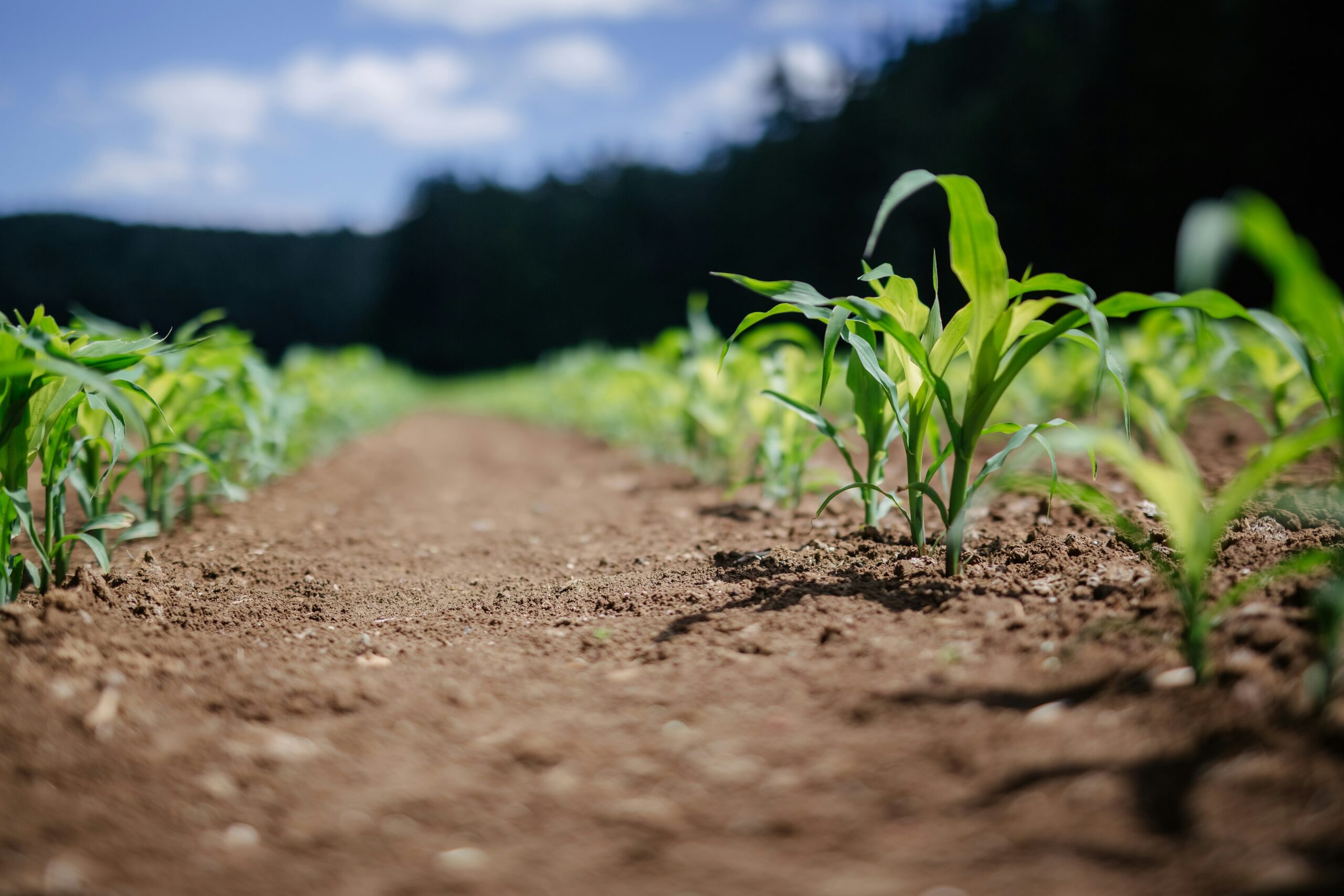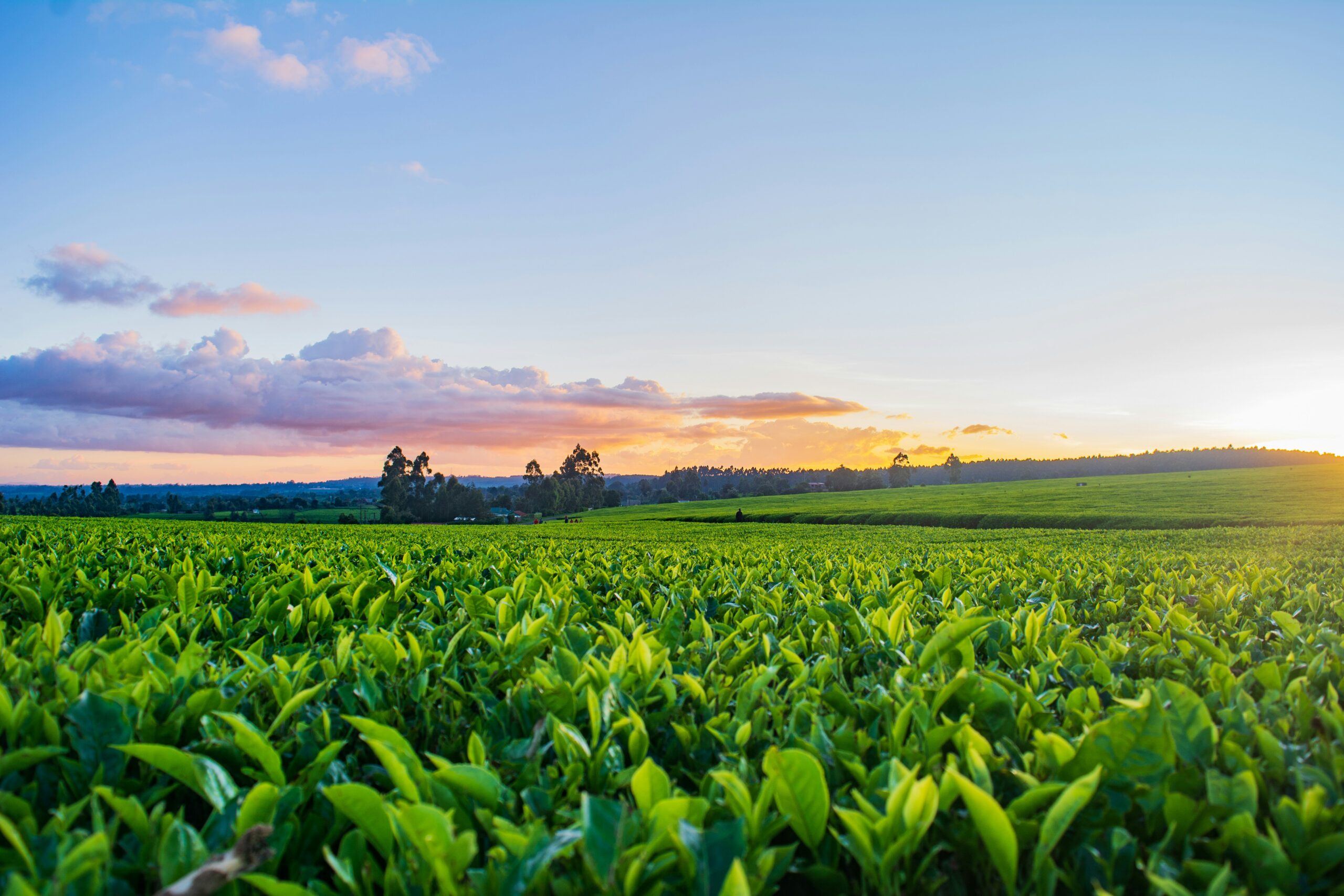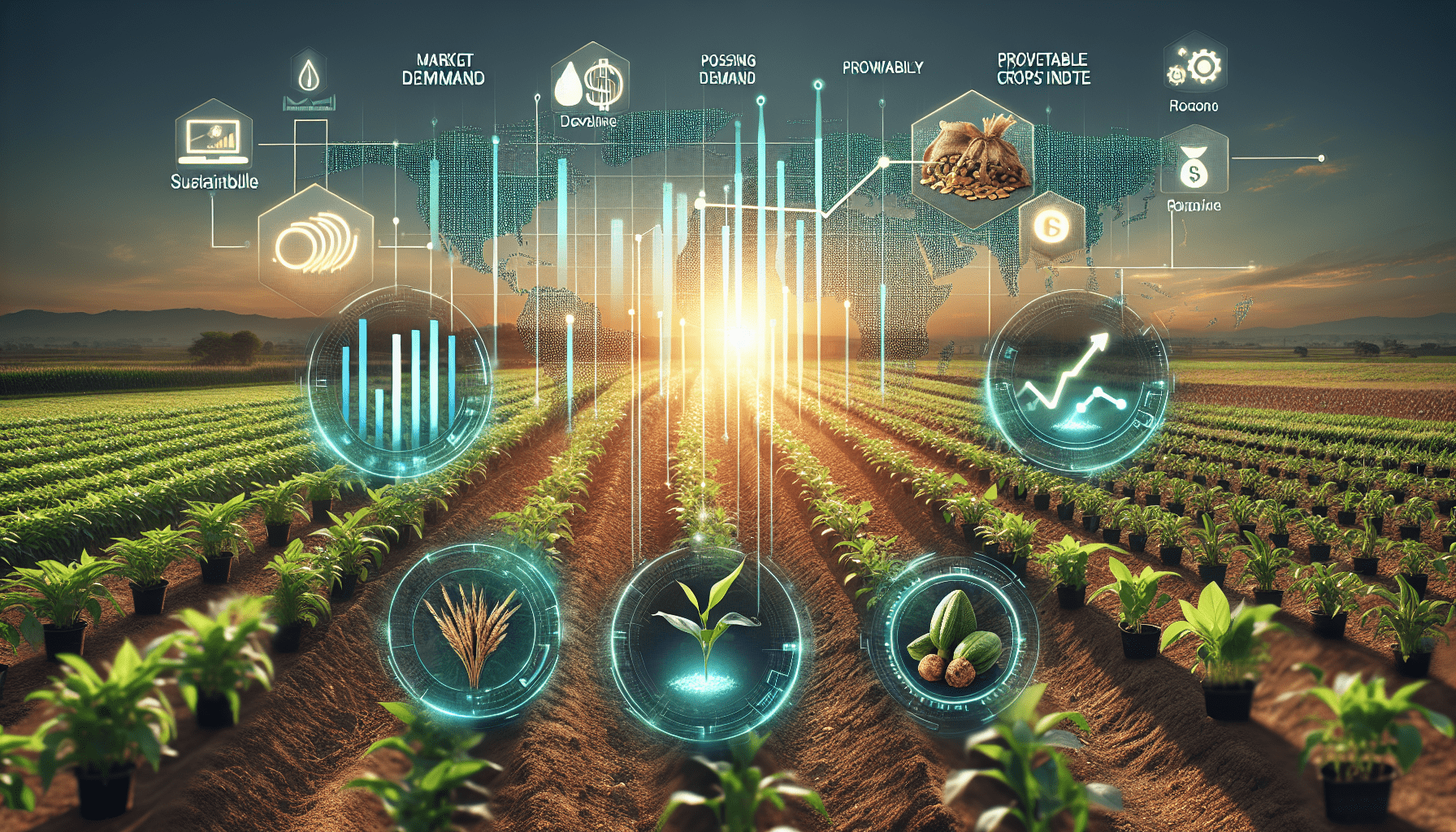Are you a farmer looking to maximize your profits? If so, then knowing what crops to plant can make all the difference. With countless options available, it can be overwhelming to determine which crops will yield the greatest returns. However, by carefully considering factors such as market demand, production costs, and potential profits, you can make informed decisions that will ultimately lead to a flourishing harvest and increased profitability. In this article, we will explore the best crops to plant for maximum profits, providing you with valuable insights and recommendations that will help you make the most out of your agricultural endeavors.
1. Crop Selection Criteria
When it comes to selecting which crops to plant on your farm, there are several important factors to consider. By carefully evaluating these criteria, you can make informed decisions that will maximize your profits in the long run.
1.1. Market Demand
One of the key factors to consider when selecting crops is the market demand. Understanding what crops are in high demand and have a steady market can greatly increase your chances of making a profit. Researching consumer trends, attending farmers’ markets, and speaking to local buyers can help you determine which crops are currently popular and have the potential to bring in good returns.
1.2. Production Cost
Another crucial aspect to consider is the production cost associated with growing specific crops. This includes both input costs and labor costs.
1.2.1. Input Costs
Input costs include expenses related to seeds, fertilizers, pesticides, and other materials required for crop production. It is essential to evaluate the prices of these inputs and assess their impact on your overall production cost. By choosing crops that require fewer inputs or finding cost-effective alternatives, you can reduce your expenses and increase your profitability.
1.2.2. Labor Costs
Labor costs are another significant consideration when it comes to crop selection. Certain crops may require more manual labor for planting, maintenance, and harvesting, resulting in higher labor expenses. Assessing your available labor resources and considering crops that can be managed with your workforce can help minimize these costs and maximize your profits.
1.2.3. Maintenance Costs
Besides input and labor costs, it is important to factor in the maintenance costs associated with specific crops. Some crops may require additional investments in infrastructure, such as irrigation systems or greenhouse facilities. By evaluating the maintenance requirements of different crops and considering the associated costs, you can make informed decisions that align with your available resources.
1.3. Yield Potential
Yield potential refers to the estimated amount of crops that can be harvested per unit of cultivated land. It is essential to choose crops with a high yield potential to maximize your profits. Factors that affect yield potential include the crop variety, climate conditions, soil fertility, and cultivation techniques. Conducting research and consulting with agricultural experts can help you select crops with a promising yield potential in your specific region.
1.4. Risk Factors
When selecting crops, it is important to assess the risk factors associated with each crop. Factors such as vulnerability to pests and diseases, susceptibility to weather fluctuations, and market volatility can all impact your profitability. By considering these risk factors and implementing mitigation strategies, such as crop rotation and proper pest control measures, you can minimize potential losses and make more informed decisions regarding your crop selection.
2. High-Profit Crops
To maximize your profits, it is wise to consider growing high-profit crops. These crops have proven to be lucrative and offer excellent returns on investment. Some categories of high-profit crops include:
2.1. Specialty Crops
Specialty crops refer to crops that are not commonly grown but have high demand in niche markets. These crops often fetch a higher price due to their unique qualities or limited availability.
2.1.1. Herbs and Spices
Herbs and spices are highly sought after for culinary purposes and medicinal uses. Growing a wide variety of herbs and spices can cater to the increasing demand for organic and specialty ingredients in the culinary industry. Herbs such as basil, rosemary, lavender, and spices like saffron and vanilla can be lucrative options for farmers looking to maximize their profits.
2.1.2. Exotic Fruits and Vegetables
Exotic fruits and vegetables that are not commonly found in local supermarkets can be highly profitable due to their rarity and appeal. Fruits like dragon fruit, passion fruit, and vegetables like baby corn, shiitake mushrooms, and microgreens can attract a premium price in high-end restaurants and specialty stores.
2.2. Organic Crops
With the increasing focus on health and sustainability, organic crops have become more popular and can command higher prices. Growing organically certified fruits, vegetables, and grains can differentiate your produce in the market and ensure a dedicated customer base willing to pay a premium for organic, chemical-free products.
2.3. High-Demand Crops
Identifying crops with high demand can prove to be a profitable venture. These crops have consistent market demand and often fulfill niche requirements.
2.3.1. Niche Crops
Niche crops are those that cater to a specific market segment, offering unique qualities and meeting specialized needs. Examples of niche crops include heirloom tomatoes, specialty lettuces, and unique varieties of berries. These crops often find demand in local farmer’s markets, high-end restaurants, and direct-to-consumer sales.
2.3.2. Ethnic Crops
Growing crops that cater to the ethnic preferences of your local community can be a lucrative opportunity. Consider researching the culinary traditions and preferences of different ethnic communities in your area and grow crops that are in high demand within those communities. For example, if there is a significant Asian population in your area, growing Asian vegetables like bok choy, daikon radish, or Thai basil can be a profitable choice.

This image is property of images.unsplash.com.
3. Crop Diversification
Crop diversification involves growing a variety of crops rather than focusing on a single crop. This strategy offers several advantages for farmers.
3.1. Advantages of Diversification
Diversifying your crop selection reduces your reliance on a single crop and spreads your risk. By cultivating different crops, you are better positioned to adapt to changing market conditions, fluctuations in demand, and environmental factors. Additionally, diversification can help improve soil health and fertility, minimize pest and disease pressures, and provide a more stable income throughout the year.
3.2. Rotational Planting
Rotational planting is a common practice in crop diversification. It involves growing different crops in a specific sequence or rotation on the same piece of land over multiple growing seasons. Rotating crops helps break the life cycles of pests and diseases, reduces soil nutrient depletion, and enhances overall soil health. By implementing rotational planting, you can maximize the productivity and sustainability of your farm.
3.3. Mixed Crops
Growing mixed crops, also known as intercropping, involves cultivating multiple crops simultaneously in the same field. This practice maximizes land utilization, optimizes resource allocation, and improves ecological balance. For example, growing nitrogen-fixing legumes alongside cash crops can enhance soil fertility while generating additional income.
4. Climate and Soil Considerations
Understanding the local climate and soil characteristics is essential for selecting suitable crops that will thrive in your specific region.
4.1. Local Climate
Different crops have specific temperature, humidity, and moisture requirements. Assessing the local climate conditions, including average temperatures, rainfall patterns, and frost risk, is vital in determining which crops are most suitable for your area. Choose crops that are well-adapted to your local climate to minimize the risk of crop failure.
4.2. Soil Type and Fertility
The soil type and fertility greatly influence crop performance. Soil composition, pH levels, and nutrient content can vary significantly within different regions. Conduct soil tests to determine the soil fertility, nutrient deficiencies, and pH levels on your farm. Select crops that are compatible with your soil type and make necessary amendments to improve soil fertility and structure.

This image is property of images.unsplash.com.
5. Smart Farming Techniques
Implementing smart farming techniques can greatly enhance your crop production and maximize your profits. Consider incorporating the following techniques into your farming practices:
5.1. Hydroponics
Hydroponics is a soilless cultivation technique that involves growing crops in a nutrient-rich water solution. This method allows for precise control over nutrient levels, water usage, and environmental conditions, resulting in higher yields and faster growth rates. Hydroponics is particularly beneficial for growing high-value crops with year-round demand, such as lettuce, strawberries, and herbs.
5.2. Aquaponics
Aquaponics combines hydroponics with aquaculture, creating a symbiotic system where plants and fish mutually benefit each other. In this system, fish waste provides nutrients for the plants, while the plants serve as a natural filter for the water, creating a sustainable and efficient farming method. Aquaponics is suitable for cultivating leafy greens, herbs, and certain vegetables.
5.3. Vertical Farming
Vertical farming involves growing crops in vertically stacked layers, utilizing limited space efficiently. This technique makes use of artificial lighting, hydroponics, and controlled environment agriculture to optimize crop yields. Vertical farming is an ideal option for urban areas or regions with limited arable land. It allows for year-round production of crops such as lettuce, herbs, strawberries, and microgreens.
6. Market Analysis
Analyzing the local and global market trends is essential for making informed decisions regarding your crop selection and pricing strategies.
6.1. Local and Global Market Trends
Stay updated with the latest market trends, including consumer preferences, emerging crop varieties, and evolving market demands. Observing local market trends can help you identify opportunities for niche crops or unique varieties. Pay attention to global market trends as well, as they can impact the demand and profitability of certain crops.
6.2. Price Fluctuations
The prices of agricultural commodities are subject to fluctuations due to various factors such as supply and demand dynamics, weather conditions, and global economic trends. Monitoring price fluctuations can allow you to make informed decisions about when to sell your crops or when to hold back to secure better prices. Stay informed by following agricultural news, market reports, and communicating with local buyers and agricultural extension services.

This image is property of images.unsplash.com.
7. Farming Technology
Adopting appropriate farming technologies and tools can streamline your operations, reduce labor costs, and increase overall efficiency.
7.1. Automation Tools
Automation tools such as mechanized equipment, drip irrigation systems, and automated harvesting machines can significantly reduce labor requirements and improve productivity. Investing in modern machinery can save time, increase the scale of operations, and ensure consistent quality and quantity of your produce.
7.2. Precision Agriculture
Precision agriculture involves using technologies like GPS, drones, and sensor-based systems to monitor and manage crops more precisely. These tools provide accurate data on soil conditions, plant health, and water requirements, allowing for targeted interventions such as precise irrigation and fertilization. Precision agriculture helps optimize resource allocation, mitigate risks, and increase crop yields.
7.3. Monitoring Systems
Implementing monitoring systems, such as weather sensors, pest and disease monitoring tools, and surveillance cameras, can help you detect issues early and take timely action. Monitoring systems enable proactive management, reduce crop losses, and improve overall farm performance.
8. Crop Management Practices
Efficient crop management practices are essential for maximizing yields, minimizing losses, and ensuring the overall health of your crops.
8.1. Fertilization and Irrigation
Proper fertilization and irrigation practices are critical for crop health and productivity. Conduct soil tests to determine nutrient deficiencies and apply fertilizers accordingly. Implement irrigation systems that deliver water efficiently while minimizing water wastage. Pay attention to the specific water and nutrient requirements of each crop and adjust fertilization and irrigation schedules accordingly.
8.2. Pest and Disease Control
Implementing effective pest and disease control measures is crucial to protect your crops from potential damage. Regular scouting, timely pest identification, and integrated pest management (IPM) practices can help minimize crop losses and reduce reliance on chemical pesticides. Utilize biological controls, crop rotation, and resistant crop varieties to manage pest and disease pressures effectively.
8.3. Weed Management
Weeds compete with crops for nutrients, water, and sunlight, reducing crop yields. Implementing weed management strategies such as mulching, hand weeding, and strategic herbicide use can help keep weed populations under control. Implement weed management practices early in the growing season to prevent weed infestation and ensure optimal crop growth.

9. Financial Management
Managing your farm finances effectively is crucial for maximizing profits and sustaining your agricultural operations.
9.1. Cost Analysis
Conduct a thorough cost analysis to assess the profitability of your crop selection. Consider all expenses, including input costs, labor costs, machinery maintenance, marketing expenses, and other overheads. Regularly review and compare your costs with your projected revenues to identify areas where costs can be reduced or optimized.
9.2. Budgeting
Developing a comprehensive budget helps plan and allocate resources effectively. Create a detailed budget that includes expenses for seeds, fertilizers, pesticides, labor, machinery, marketing, and other operational costs. Regularly track your expenses and compare them against your budget to ensure financial discipline and identify areas for improvement.
9.3. Profit Maximization Strategies
Implementing strategies to maximize your profits is an ongoing process. Continuously evaluate your crop selection, pricing strategies, cost management practices, and market opportunities. Explore value-added opportunities such as processing or direct marketing to increase the value of your crops. Keep abreast of technological advancements, consumer trends, and market developments to make informed decisions and adapt your strategies accordingly.
10. Considerations for Small Farmers
For small farmers with limited resources, specific considerations can help optimize profitability.
10.1. Space Utilization
Maximize your land utilization by implementing efficient spacing techniques, such as square foot gardening, raised beds, or vertical growing systems. By making the most of your available space, you can grow a diverse range of crops and increase your overall productivity.
10.2. Limited Resource Management
Optimize resource management by utilizing locally available resources, such as organic compost or manure, to minimize input costs. Implement water-saving techniques, such as drip irrigation or rainwater harvesting, to reduce water consumption. Additionally, consider forming partnerships or cooperatives with other small farmers to pool resources, share costs, and access larger markets.
In conclusion, selecting the right crops for maximum profits requires careful consideration of market demand, production costs, yield potential, risk factors, and other relevant factors. By focusing on high-profit crops, diversifying your crop selection, considering climate and soil conditions, implementing smart farming techniques, analyzing market trends, adopting appropriate farming technologies, implementing effective crop management practices, managing your finances, and considering specific considerations for small farmers, you can increase your chances of success as an agricultural entrepreneur. Remember, continuous learning, adaptation, and innovation are vital for sustained profitability in the ever-evolving agricultural industry.



